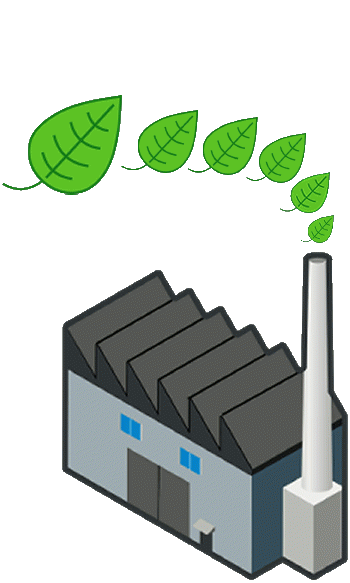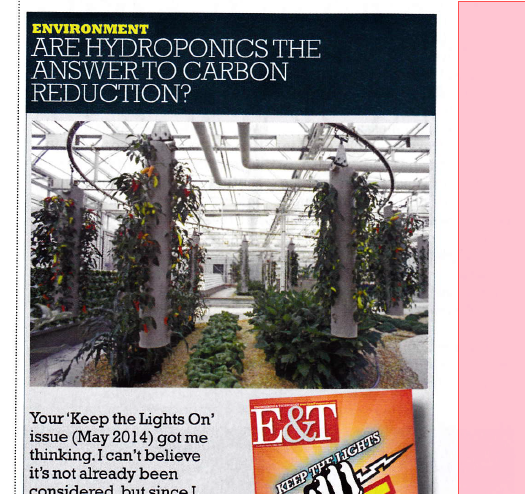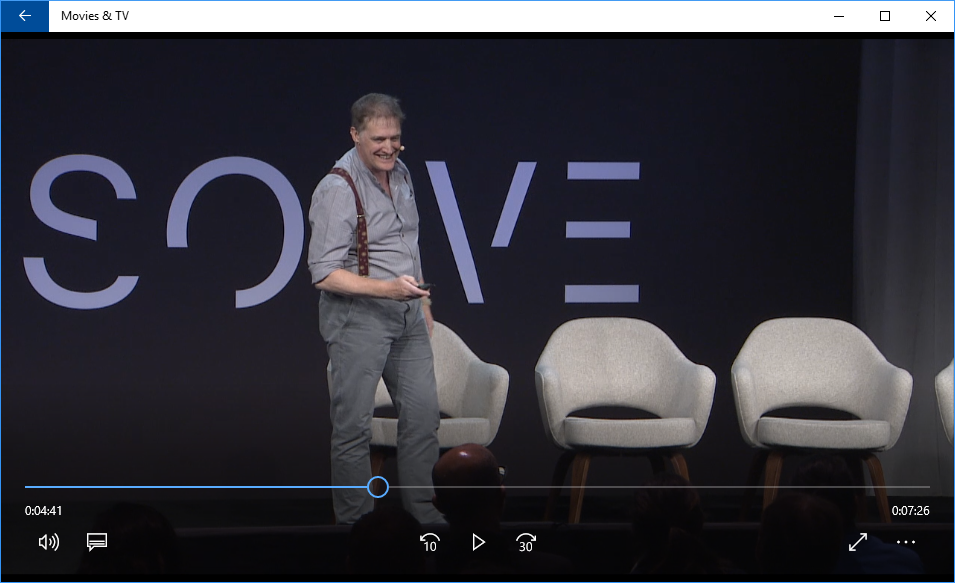Hydroponic carbon capture anywhere, simply - CarbonGood- uses established low-cost technology in a simple low-cost mass-produced high-density industrialized format to capture CO2 from any emitter - or directly from the air - to convert it on-the-spot to biomass and then to a high-value immediately-usable product that is in growing demand.
It does so with zero pollution, cost-effectively, and 100% safely.
CarbonGood uses elevated CO2 levels in fossil fuel emissions to accelerate biomass growth, coupling that with optimized lighting and extended "daylight" to produce significantly faster growth. HCCAS is also a high-density format yielding much more biomass, much faster, from each square foot of land than any other agricultural solution can do, enabling it to lock-up megatons of carbon in useful product. And do so cleanly, with no pollution, no pesticide, and no herbicide.
By "MUCH faster", we're talking about up to 64x better performance per square foot of land.
Biomass height is constrained by the format but grasses, cereals and other fast-growing species work, and work well. (Another option is industrial hemp which - among many other uses - is also the raw material for carbon-negative hempcrete, a material that permanently locks-up CO2 in buildings).
Biocharring the biomass permanently sequesters carbon as valuable products (emissions from the charring process are also captured).
CarbonGood offers a low-cost highly-effective fully-scalable, modular & rapidly-deployable solution anywhere, which as it also yields a valuable product will quickly payback and - subject to emissions composition - also help feed us.
It makes oxygen and recovers water.
It's also immune to most external effects - like seasons, day/night, weather and pests - so largely climate change proof and needs no pesticide or weedkiller.
There's also no fertilizer run-off, avoiding poisonous algal bloom in lakes and seas.
The bottom line:
We can have REALLY fast industrial-scale carbon capture across dozens, hundreds or more sites within a few years, all of them generating valuable product able to improve our agriculture and feed us better.
What exactly is hydroponics?
Hydroponics simply means growing biomass in a soilless environment, with all the nutrients provided in the
irrigation - so a hydroponics installation can be any size and
shape, on any number of levels
like this Japanese example.
It isn't new - Francis Bacon mentioned it in 1627 in his Sylva Sylvarum - but despite growing interest we've so far failed to get hydroponics off the ground at truly massive scale. Climate change demands that we fix that.
Hydroponics is well-established, reliable, and safe - if you’re unfamiliar with the hydroponics concept, here's Wikipedia's excellent page.
The issue is that - as you see - conventional hydroponics is small-scale and very space-inefficient - there's no way it can capture carbon anywhere near the scale we need.
CarbonGood fixes that.
Is it safe?
Absolutely safe. Hydroponics is well established and already grows crops that we and livestock eat.
Hydroponic carbon capture anywhere, simply - CarbonGood - is similarly absolutely safe. It's ambient pressure and ambient temperature so the engineering's not only low-cost, it's also intrinsically low (or no) risk and can be safely operated by low-skilled labor, backed-up by remote support if needed.
So it really can go anywhere.
CarbonGood is also 100% failsafe; total failure would simply return that emitter to pre-CarbonGood emissions until the CarbonGood was fixed. There’s zero risk of any pollution, explosion or other bad stuff.
Plus, the modularity and redundancy means there is NO single point of failure - for practical purposes, it's as bulletproof as you can get.
On top of that, CarbonGood:
- cannot leak
- needs no long-term monitoring
- will never fill up
- brings no security or terrorism risk
- avoids costly and polluting CO2 shipping
- doesn't need geology that's stable for centuries.
There's ALSO no
expensive rare-metal catalysts, no radiation risk, no hazardous
chemicals, and no fracking; no high-pressure or
high-voltage systems; and no unpleasant or toxic emissions - in fact the ONLY by-product is oxygen.
Finally, CarbonGood leaves zero liability for our kids AND a better environment, cleaner air, and more food and water. What's not to like?
Where did CarbonGood come from?
An idea in the shower one morning worrying about global warming.
Twitter's #climatechange community got me to enter HCCAS to MIT's ClimateCoLab 2014 making Semi-Finalist.
Then MIT invited HCCAS back for 2016's SOLVE Fuel where it again made Finalist - watch my presentation here.
Back then, HCCAS was just a concept, so went no further at SOLVE.



